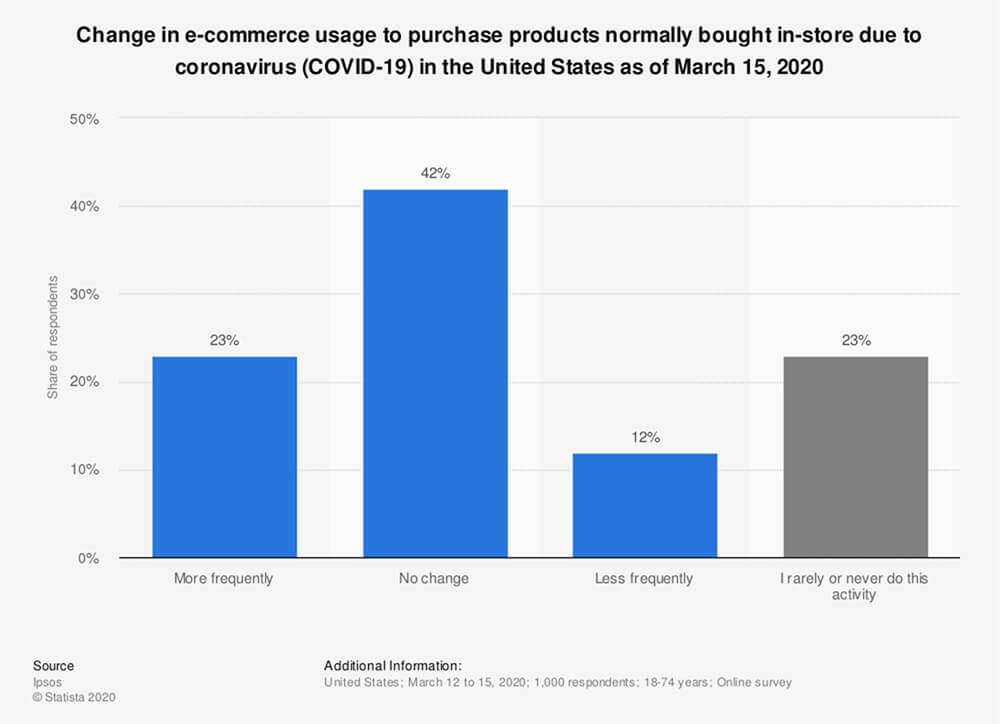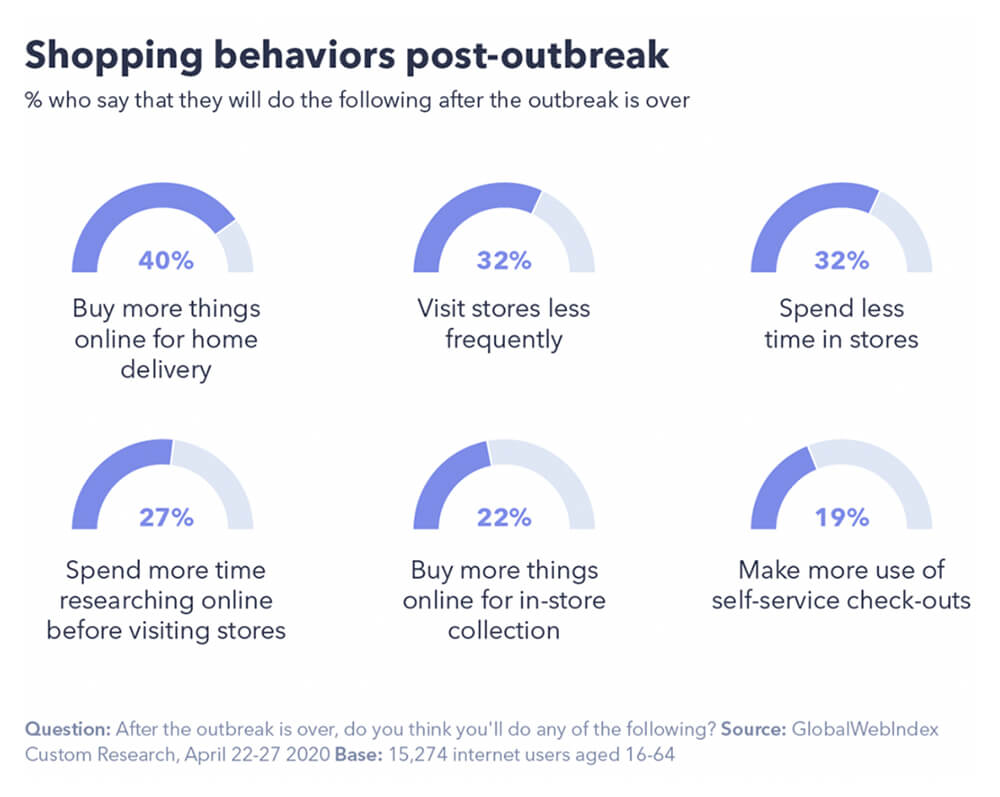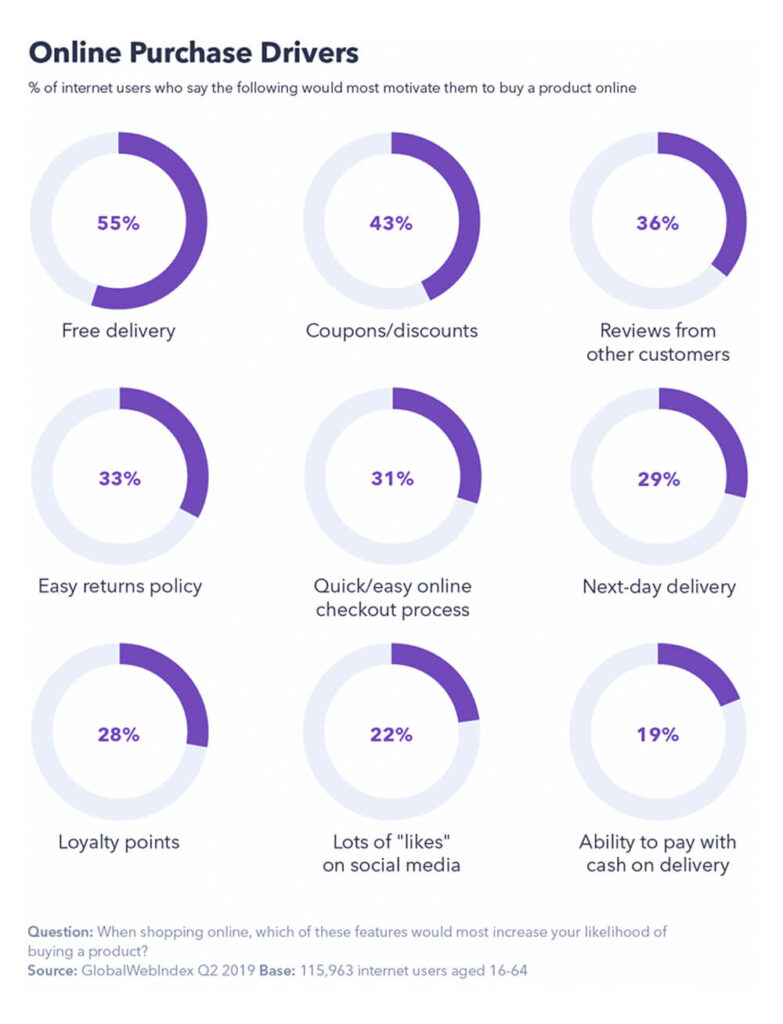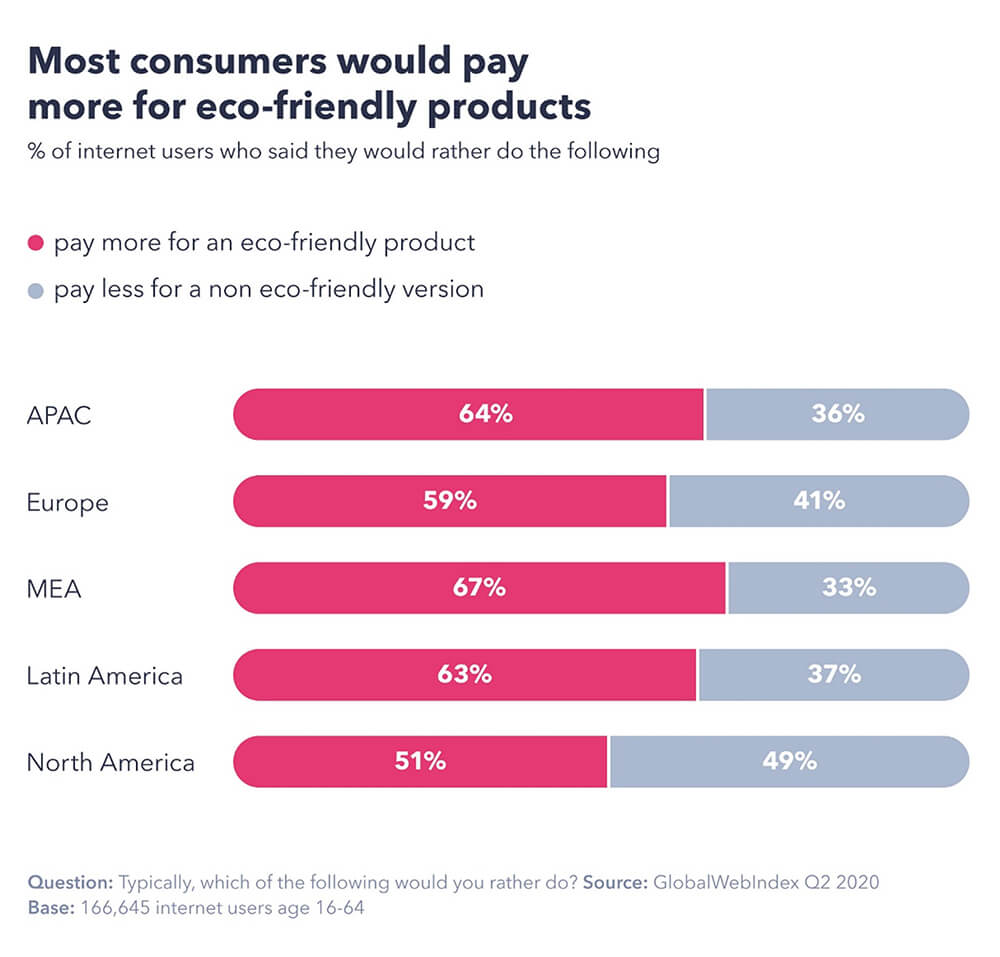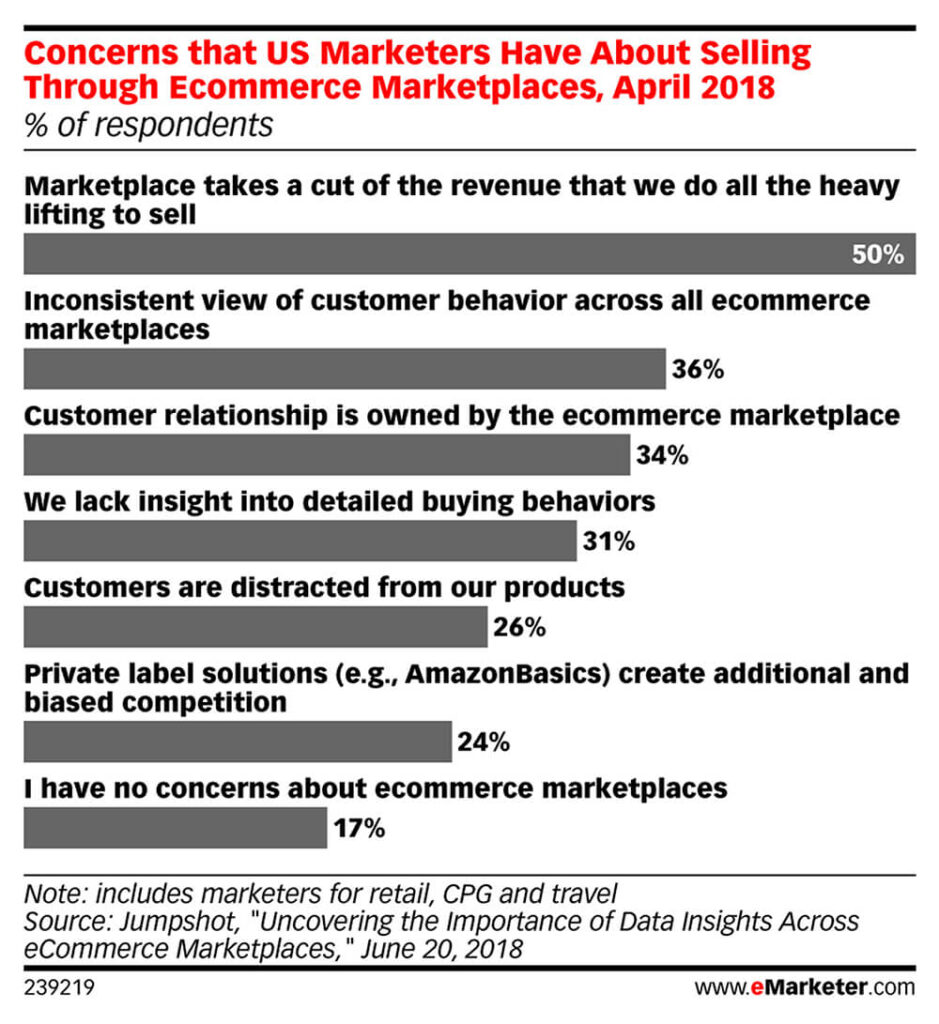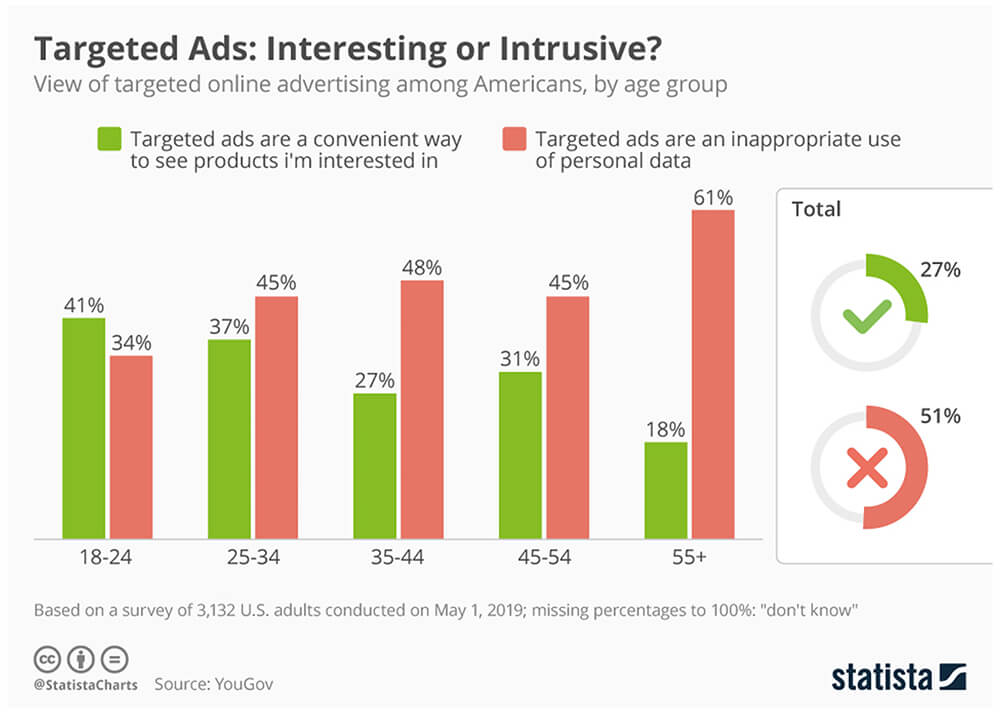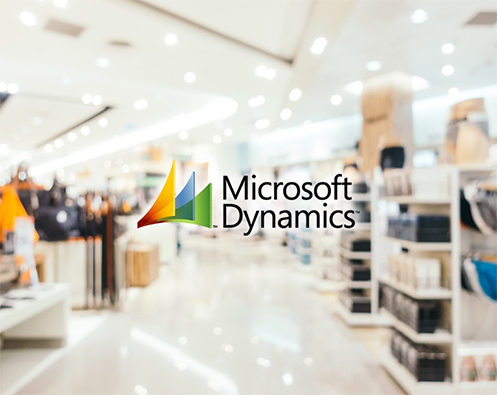In the past year, due to the COVID-19 pandemic, there has been a huge increase in the number of eCommerce retailers. Many brick-and-mortar stores moved their operations online to continue selling while brick and mortar buildings were closed. The presence of Global retail giants, however, makes it challenging for smaller organizations not equipped to compete with them in terms of customer experience.
With the change in the role and importance of Digital Experiences in customers lives, brands that can satisfy these customer expectations will also see an increase in revenue. This is not an issue for brands that already have a lot of omnichannel experience, but other brands will struggle to catch up.
Thus, the goal for many in 2021 is how to scale up their omnichannel strategy, unify their customer and product data, give priority to mobile shopping experiences, create responsive sites, integrate, and synchronize sales and supply data, and product information and inventory in other to take advantage of the opportunities presented by this eCommerce boom. But how can they do so?
You don’t want to waste time when you are already behind.
To take advantage of this continuing eCommerce boom, retailers need to provide customers with a fast and convenient virtual shopping experience, allowing them to buy from anywhere. This will include connecting your online store to a POS system that enables, ship to order and local pickup, plus experiments with AR and by converting physical experiences to virtual ones.
Additionally, customers are also willing to pay more if the packaging of the products shipped is eco-friendly. With the cost of fulfilling these expectations soaring, retailers need to find ways to make shipping smarter, closer to the consumer, and automated. Other than the challenge of cost, merchants need to contend with the increasing complexity of shipping their products cross -country with difficulty tracking delivery, navigating customs, and dealing with increasing expectations of free returns.
To meet these fulfillment expectations retailers need to outsource their logistics operations in peak areas to reduce delay in shipping, create an automated inventory management system that can accurately forecast demand, streamline the returns process, turn unused retail space into shipping centers, and offer local delivery.
Now that you have set up your online store, customized it to suit your needs, and set up an automated distribution network, ask yourself what’s next? With more and more competition entering the market all your previous efforts will go to waste if there isn’t a way for you to differentiate your products and services from other competitors.
This is why brand building is so important. Many small retailers, to scale globally, display their products in Virtual Marketplaces like Amazon, eBay, etc. Does this mean that it is better to sell through Virtual Marketplaces rather than set up an online store? The answer is not necessarily. Virtual Marketplaces have their own disadvantages.
Customers might get distracted by other products, there is no access to data on buying behaviors, and more concerns as seen in the below study.
But despite such concerns brands still try to have a marketplace presence to increase their purchase volume. In marketplaces, customers don’t look for brands they search based on cost, reviews, and categories. Thus, to compete with marketplaces like Amazon, personalization is key to draw the attention of the customers to your online store.
This has forced retailers to find alternative channels to advertise their products such as voice shopping, connected TV, and messaging apps. With interest in voice commerce rising, it is best to optimize your website to accommodate voice searches. Investing in connected TV Ads will also be beneficial to retailers in their quest to acquire more customers. Personalized email campaigns and text message marketing also helps increase traffic to your website.
Retailers can customize the look and feel of the website to convert and retain customers, promote transparency by transforming your customer’s checkout experience, and providing them with shipping information, countdown timers, customer reviews, and a 24/7 support that they can access to solve any issues.
With Shopify’s automation tools, you can also deliver value by offering personalized promotions such as free shipping, loyalty apps, and more at low cost and without the need for advanced technical knowledge.


